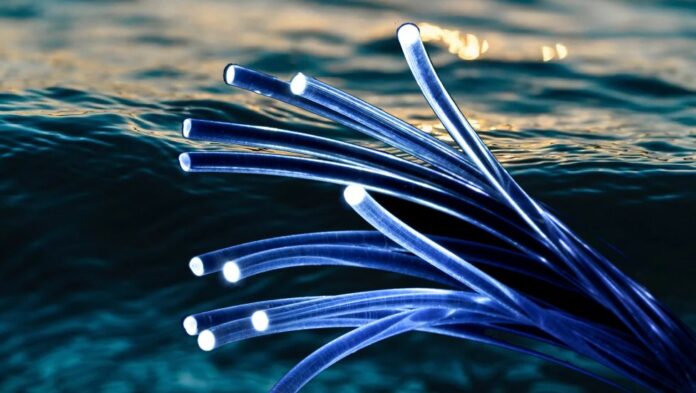The speed of light is measured at approximately 300,000 kilometers per second. This is how fast, at least in principle, data transmission over the Internet should work.
However, in practice, information circulates at a rate that is between 37 and 100 times slower. This scenario could be corrected from the approaches of an investigation.
The challenge of reducing latency in Internet connections
Speed gaps in Internet connections are called “network latency.” This indicator measures the delay in an Internet connection, to the extent that a signal is transported from a computer – or another class of device – to a server and vice versa.
Researchers from the universities of Yale, Illinois, Duke and ETH Zurich, jointly led a research that seeks a technical solution to reduce this latency and thus, approach more closely the desired speed of light when connecting to the network. This project was named cSpeedhaving as slogan precisely “Internet at the speed of light”.
In its diagnosis, the researchers identified two key factors that slow connections. In the first place, they commented that the underground fiber optic routes follow chaotic routes, determined by geographical factors that end up lengthening the distances, due to the direction taken by this laying. Next, they highlight as a key factor in this observation that the glass used as raw material for fiber optic cables is inherently slow.
In conversation with Yale UniversityGregory Laughlin, professor of astronomy in the Faculty of Arts and Sciences of that house of studies and member of the team after this investigation, commented that the proposal of this project is the implementation of a network of microwave radio transmission towers.
As background, Laughlin states that this idea has already been executed successfully, but on a limited scale. He cites as an example the microwave network implemented a decade ago by stock traders on the Chicago and New Jersey stock exchanges to reduce high-frequency trading, even for a few microseconds.
Detailing the potential network boost that implementation of that proposal would entail, Laughlin acknowledges that an overlapping of microwave radio transmission towers would provide only a small and seemingly insignificant increase in bandwidth for the US Internet. In the study, the example is presented locally for that country, but its technical principle —which would allow Internet signals to travel in a straight line, through the air and speed up the connection— can be studied for its application in other regions.
Despite that, this overlay technique could handle a significant fraction of the smaller, latency-sensitive requests, reducing network saturation. “This type of traffic is associated with procedures that establish a connection between two sites and that involve a large number of round trip transmissions, which are a small number of bytes each. By speeding them up and taking the most physically direct routes, you can get a factor of 10 to -100 boost for traffic where it matters most. On the other hand, for applications such as video transmission, where information can be buffered, it is not necessary to use microwave towers. Fiber is the way to go if you have large blocks of data that need to be transferred”clarified the researcher.
These are times in which our digital activity is increasingly nourished by actions that almost entirely depend on the Internet. For the same reason, projects that seek to optimize its performance, such as the one recently presented, could pave the way for better user experiences in the future.














